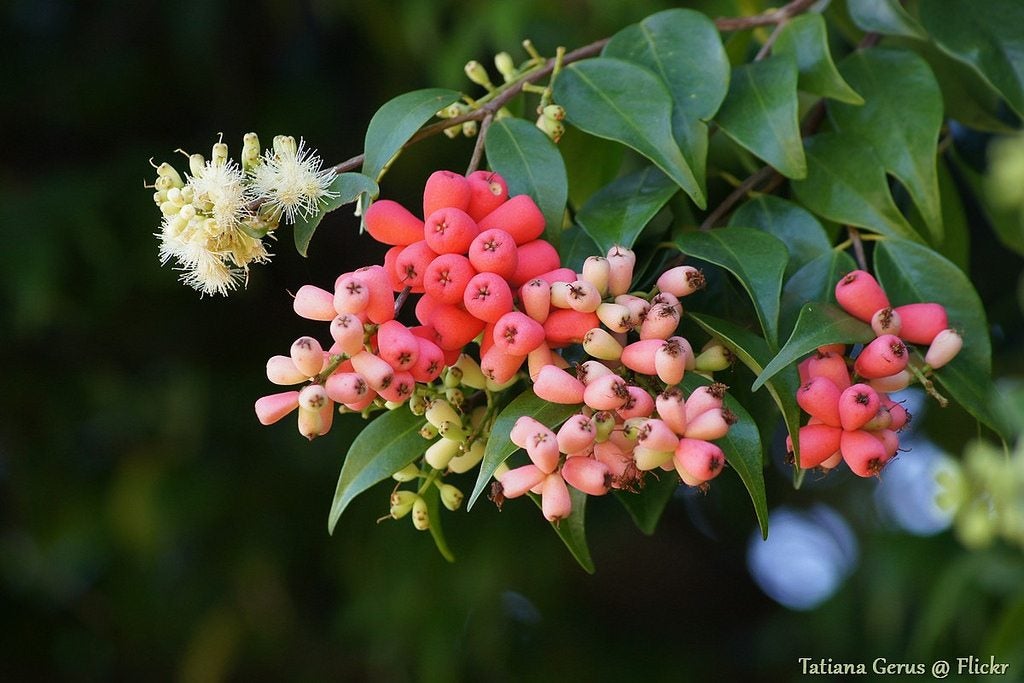Lilly Pilly Plant Care – Information About Planting Lilly Pilly Bushes


Lilly pilly shrubs (Syzygium luehmannii) are common in rainforests in Australia, but few gardeners in this country recognize the name. What is a lilly pilly plant? It’s an evergreen fruit tree native to “down under.” Lilly pilly shrubs are ornamental and make excellent hedge plants. If you are considering growing a lilly pilly or would like more information about lilly pilly plant care, read on.
What is a Lilly Pilly Plant?
Australians are very familiar with the lilly pilly shrub (also spelled lilli pilli). It is native to that country, where it grows in the wild up to 90 feet (27.5 m.) tall. However, it is smaller in cultivation. Those planting lilly pilly bushes report that cultivated plants stop at 30 feet (9 m.). The lilly pilly plant is a fairly large fruit tree with a weeping crown. These shrubs are evergreen and have long, buttressed boles and dense foliage. The fruit is large and bright red or pink. Lilly pilly fruit is quite popular in Australia, where you’ll find commercial producers planting lilly pilly bushes. The trees are also used commercially for timber.
Growing a Lilly Pilly Plant
Lilly pilly shrubs are also extensively cultivated and grow well in gardens or hedges. They are very attractive trees with creamy white flowers in summer. The fruit develops in autumn. The cultivar 'Cherry Satinash' is often used in cultivation. It offers new foliage with brilliant pink tips and is a popular hedge plant. If you live in an area with a Mediterranean climate, planting lilly pilly bushes should be on your list. When the shrubs are properly sited, lilly pilly plant care is a snap. These are shrubs and small trees that are flexible in terms of growth requirements. They will grow in full sunlight, partial shade, or even half shade. Plant them in almost any soil and watch then thrive, from sandy soil to clay loam. They even accept saline and poor soil. Lilly pilly plant care is easy, and these are great evergreens for a dense, low-maintenance hedge. In the garden, they will attract birds, butterflies, bees, and mammals, and work well for erosion control.
Sign up for the Gardening Know How newsletter today and receive a free copy of our e-book "How to Grow Delicious Tomatoes".

Teo Spengler is a master gardener and a docent at the San Francisco Botanical Garden, where she hosts public tours. She has studied horticulture and written about nature, trees, plants, and gardening for more than two decades, following a career as an attorney and legal writer. Her extended family includes some 30 houseplants and hundreds of outdoor plants, including 250 trees, which are her main passion. Spengler currently splits her life between San Francisco and the French Basque Country, though she was raised in Alaska, giving her experience of gardening in a range of climates.